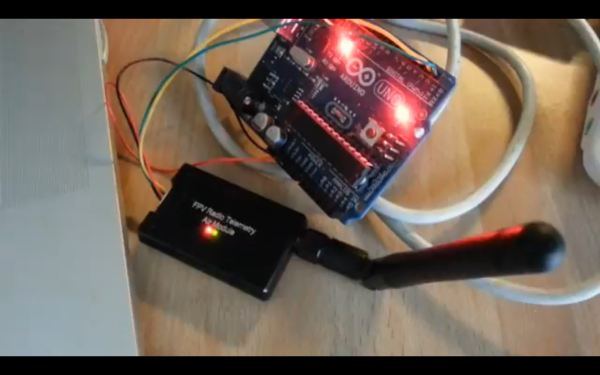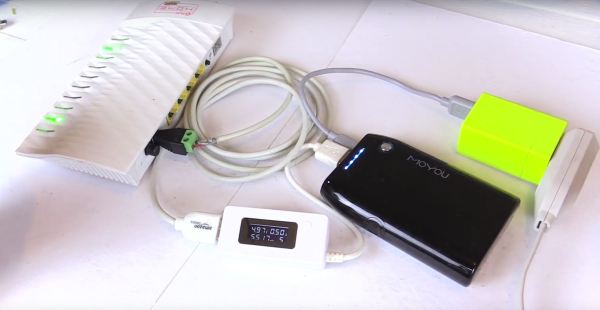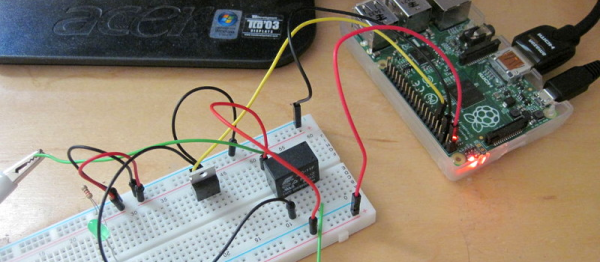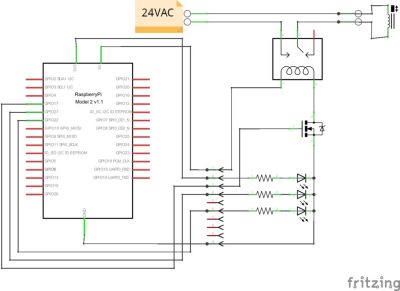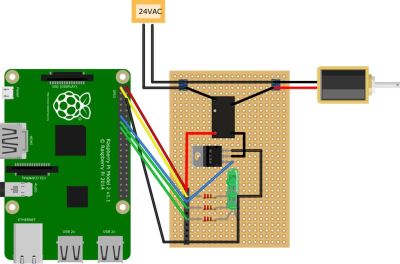If you are of a certain age, you probably learned to program in Basic. Even if you aren’t, a lot of microcontroller hobbyists got started on the Basic Stamp, and there are plenty of other places where to venerable language still hides out. But if you want to write cool browser applications, you have to write JavaScript, right? Google will now let you code your web pages in Basic. Known as WWWBasic, this is — of course — a Javascript hack that you can load remotely into a web page and then have your page use Basic for customization. You can even import the thing into Node.js and use Basic inside your JavaScript, although it is hard to think of why you’d want to.
According to the project’s documentation — which is pretty sparse so far, we’re afraid — the Basic program is compiled into JavaScript on page load. There are a few examples, so you can generally pick up what’s available to use. There are graphics, the ability to read a keyboard key, and a way to handle the mouse.





